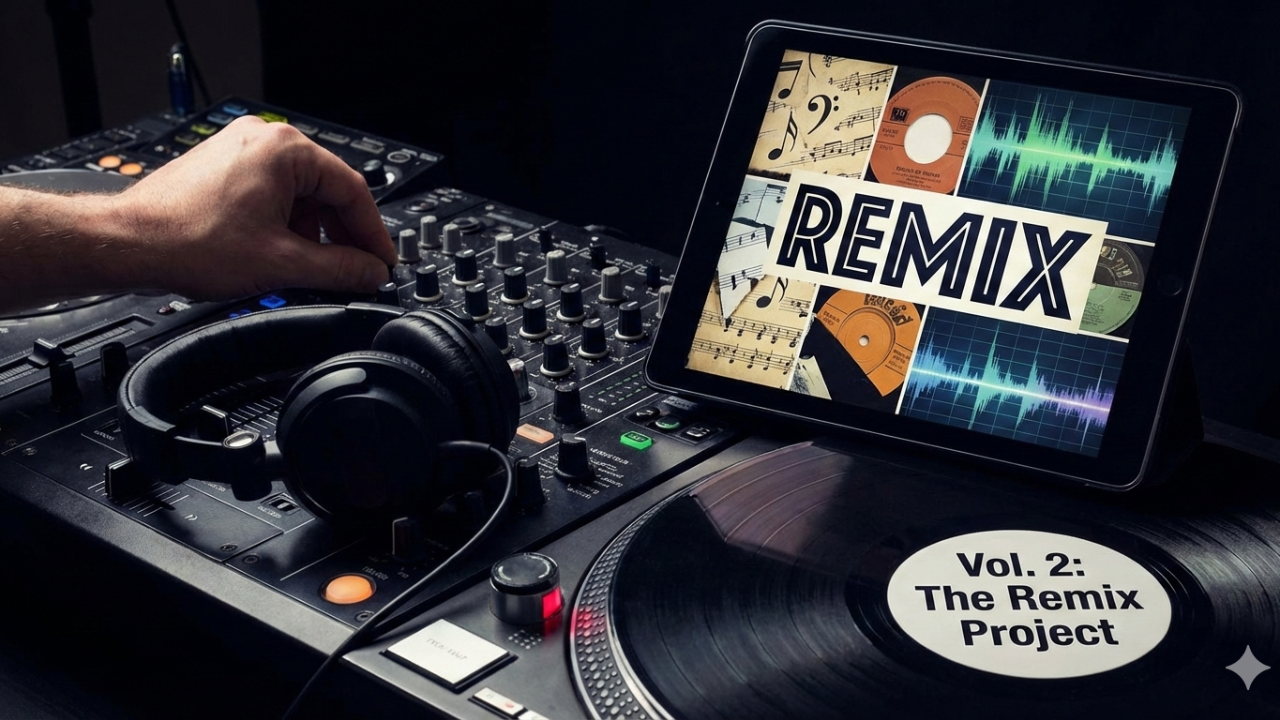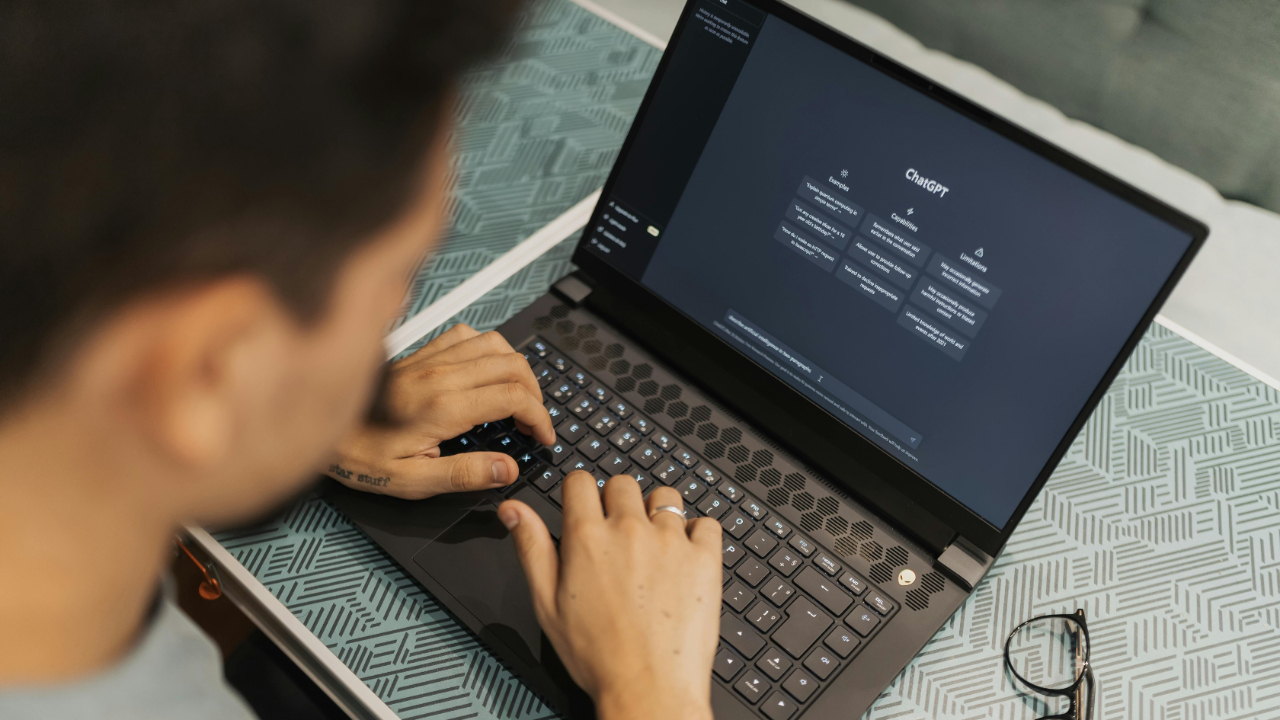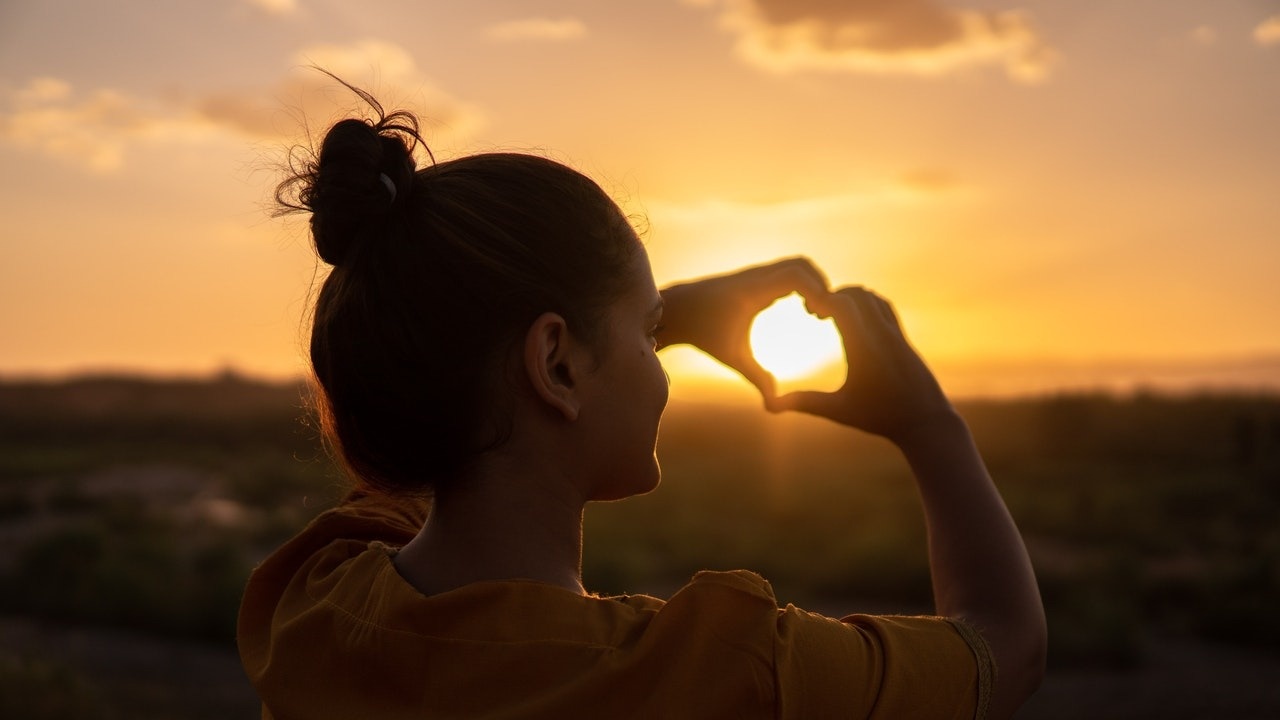AI Art: Your New Teaching Assistant for Creative Learning
Nov 13, 2024
Embrace AI-Created Art
Broaden Your Students’ Horizons with AI
The aim here is not to replace human art but to magnify it, to use AI as a tool for broadening our creative horizons and pushing the boundaries of the possible. By blending art and AI, we inspire innovation, nurture digital fluency, and inject a fresh wave of creativity into our curricula. Far from overshadowing the human touch, AI serves to enhance it, making the process of learning even more vibrant and engaging.
⚡︎ Essential Edge: Be creative! Bravely experiment with different tools and prompts to discover what kind of art you create. The possibilities are endless!
View AI as a Paintbrush
For many of us, using AI art tools feels both cool and scary. Here are some ways both you and your students can get started.
- For You: Here’s a quick list of first steps you can take in the AI-generated art world:
- Choose an AI Art Tool: Pick a user-friendly platform that aligns with your educational goals.
- Start Small: Test the tool with a single lesson plan.
- Collaborate and Share: Talk to other teachers. You’ll be surprised at the creative ways they’re already using AI-generated art.
- Stay Updated: AI evolves rapidly. Keep an eye out for new features and tools that enrich your educational toolkit.
- For Your Students: Introduce this world to the eager young minds in your classroom.
Inspire your students to embark on creative adventures designing their own AI-generated art projects. Encourage them to experiment with different styles, subjects, and forms of expression. AI opens up a universe of new creative possibilities, allowing students to push beyond the traditional boundaries of art. Even regularly used tools like Canva give users an option to create AI-generated art.
Ideas to get you started:
- A work inspired by a historical event or social issue about which they care deeply. Creating art around meaningful themes develops passion and purpose.
- A piece reflecting their unique personal vision or style. AI gives them the freedom to explore what most interests or inspires them as individuals.
- A whimsical mashup of unexpected styles, subjects, and mediums. The joy of AI is discovering what emerges from unusual combinations, just like in human imagination.
- An interactive art experience that comes alive for the viewer. Students can make AI-generated art that responds and changes based on someone engaging with their creation.

And Now the Cool Stuff … Finding the Best Sites
Here are a few of the many AI-generated art sites that are accessible and easy to use and that offer help with prompting. When choosing an AI-generated art site for your classroom, remember to consider the needs of your students and the types of art that you want them to create. Tools include:
Adobe Firefly: This creative, generative AI engine lets you dream it, type it, and see it. Teachers create unique and original content for their lessons, presentations, and projects with simple text prompts. For example, you can recolor images, fill gaps, generate vectors, and more.
Canva: Canva’s text-to-image AI art generator is a free tool available to all Canva users. Users simply type a text description of the image they want to create. The tool then generates a realistic image that matches the description.
DALL-E 3: This is a powerful AI-generated art tool that creates realistic images from text descriptions by OpenAI. It is still in its beta stage, but it’s free to use for educational purposes.
Ideogram: This tool is new as of the time of this writing, and it writes text accurately within the AI art it creates at a much higher rate than other current models. This makes it useful to educators.
Microsoft Image Creator: This is an AI-powered image generator integrated with Microsoft Copilot and Microsoft Edge. You create images from words using AI and then share them with others. You can also use it in Microsoft Edge to place images into any input area that supports image insertion, such as social media posts, blog posts, and more. It is powered by DALL-E 3’s images as of the time of this writing.
Midjourney: This is a generative artificial intelligence program that lets you dream it, type it, and see it. You use it to create unique and original images from natural language descriptions (prompts). For example, you can generate a mechanical dove, a psychedelic rainbow bouquet, or a futuristic city. You can create images within the Discord app or their newly released website, which is currently one of the best AI art generators. Note that there is a monthly usage fee.
OpenArt AI: A free AI-generated art website, it allows teachers to create and customize AI-generated art with their students for educational purposes.
Stable Diffusion XL: This Large Language Model was developed by Stability AI and generates realistic and creative images from text descriptions. It’s based on the latent diffusion model, which is a type of deep generative artificial neural network.
The possibilities are truly endless with AI, limited only by your students’ curiosity and enthusiasm and your openness to learn.
Resources:
- This text is taken in part from AI Goes to School by Micah Miner.
- David Robot image by Estefano Burmistrov from Pixabay.
- Robot painting image by Alexandra_Koch from Pixabay.





